With an early connection to nature as a child, wildlife and landscape photographer Alan Mackenzie effectively captures the beauty of his surroundings. Alan doesn’t need to travel very far from his home located in Brighton and Hove, a seaside city in East Sussex, in South East England. This area offers a wide variety of wildlife and nature in which Alan can be a part of and enjoy, without disturbing its existence. Alan can usually be found spending time outdoors and respectively capturing rare moments without disturbing wildlife and nature. I believe this is conveyed through his creative approach and skill as a photographer.
Alan, thank you so much for sharing your experiences with us and thank you so much for all your thoughtful responses. You have given the readers an opportunity to glimpse into the mind of a person who truly enjoys the beauty of nature.
If you’d like to learn more about Alan, please visit his website. You can also follow him on Facebook and Instagram.
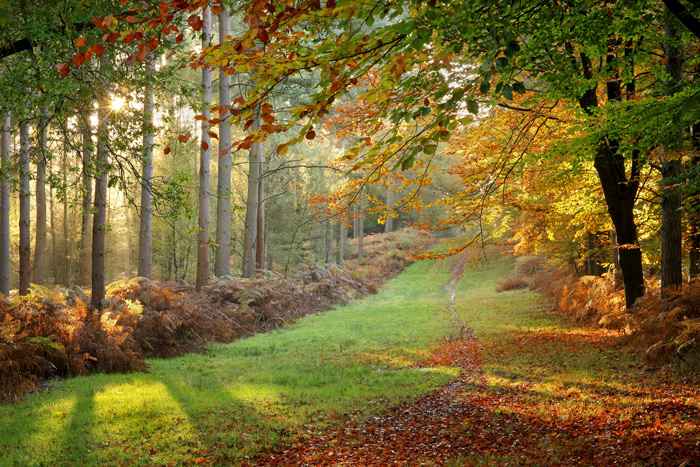
Where is home?
I live in a small city on the south coast of England, called Brighton and Hove. It’s within easy reach of beautiful chalk cliffs and rolling countryside. The South Downs is intensively farmed and can be a wildlife desert, so I prefer to head inland, to the High Weald, which is heavily wooded and rich in wild flora and fauna.
Can you please tell our readers a bit about yourself?
I am 39 years old and I’ve lived in Brighton and Hove for my entire life. I work in adult social care, which can be quite harrowing at times. My wildlife photography projects allow me to switch off and immerse myself in the hidden worlds on our doorstep.
After browsing through some of your work, I see that you’re truly immersed in the field of photography. What is it that led you towards photography and how long have you been working in it?
I’ve been a photographer since I was 16, but was inspired to become a wildlife photographer by Stephen Dalton’s books. I’ve never met him, but he lives in my home county of Sussex. His work showed that you don’t need to fly abroad to encounter epic wildlife. As I reached adulthood, I began to realise that I could express my love of the natural world through the creative art of wildlife photography.
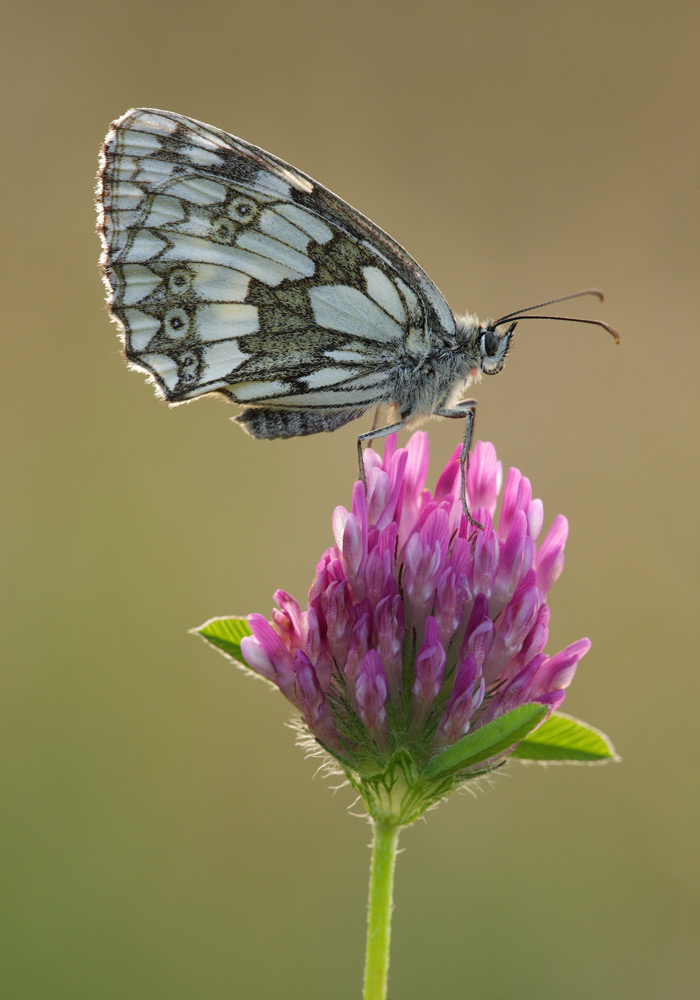
Are you self-taught or formally-taught?
I am self-taught. It was quite easy to master the technical side of photography, but the fieldcraft – how to approach wild animals without causing alarm – took much longer.
Is photography your full-time career?
No, I don’t earn money from photography anymore. I enjoy the freedom of riding my electric bike into the countryside, without any responsibilities or burdens.
Regarding your photos, which truly are remarkable, what advice can you offer to those who would like to begin taking these types of photographs?
It helps to possess an ability to visualise images in one’s mind. You have to be technical to get the best out of your equipment and surroundings. I’m systematic, but I’m also empathetic. If you photograph things you love, it will always come across in your work. I’ve had to overcome the temptation to pursue metrics on social media. Being good enough and enjoying my projects is what motivates me. If I encounter a wild animal, my goal is to tell its story, not impress anyone or gain status. The animal’s life is my number one priority.
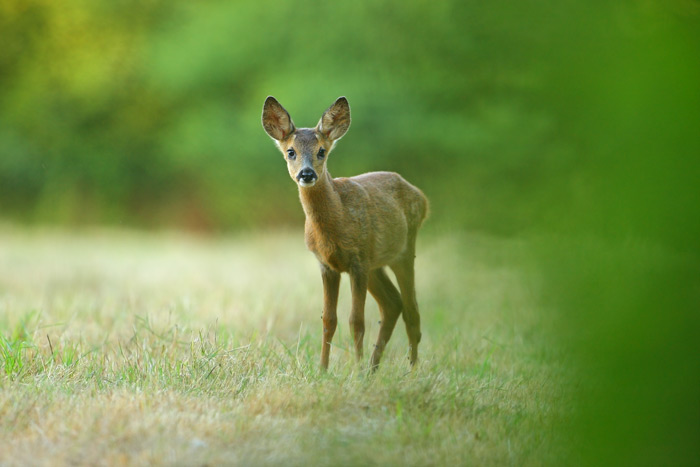
What is your favorite part of being a photographer?
I feel a sense of tranquillity at the end of a summer’s day, knowing I’ve taken some really good shots. I can cycle back to the railway station and head home, knowing my hard work has been worth it and I’ve got some treasures on my memory card.
What is the most challenging part of being a photographer?
Being outdoors, in all weather conditions is challenging. It can involve standing in torrential rain, waiting for the sun to come out or being bitten by horseflies and mosquitoes in the forest. I once traveled to Dockey Wood in Buckinghamshire to photograph the evening bluebells. I spent an entire sleepless night in the woods for the sunrise, foreign legion style, without a tent. I vowed never again to do this, but I’m planning to do it again this year, in early May.
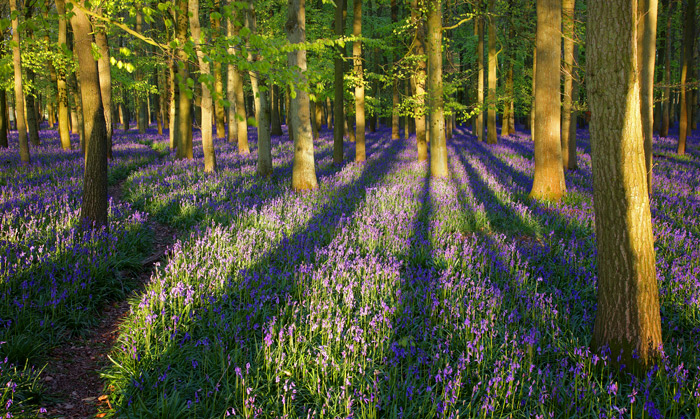
How do you keep yourself motivated and your photography fresh?
I don’t need to ‘keep’ myself motivated. I love photographing wild animals in beautiful forests and lush meadows. I only run out of motivation, when I recognise that I’ve done all I can manage. Wild animals can only take so much attention and one has to know when to stop. I’ve been held back a little by my 12-year-old camera, which doesn’t allow me to shoot in low light. Currently, I’m losing up to 50% of my 500mm low light shots, due to camera shake, but I’ve just bought the Canon 5D MKIV. The camera’s high ISO capabilities will allow me to get the best out of fading light, which is when most of my photos are taken.
What’s the best part of being a photographer?
I enjoy knowing that there a secret place, not far from the road, where I can witness and capture the undisturbed lives of beautiful living creatures.
What has been the biggest source of inspiration in your work?
During my early years as a photographer, I was inspired by wildlife photographers Stephen Dalton, Niall Benvie and Frans Lanting. But as my photography developed, I made the decision not to follow many good photographers on social media, as it’s too easy to unconsciously emulate the admired works of peers in my field. My sites and the animals within are my sources of inspiration.
What is your favorite part of heading out to a new location?
Last summer, I headed to a new site, expecting to find an elusive butterfly species. By coincidence, I found that the site had a good population of Roe deer, my favourite wild animal. I’ve learned, when identifying potential locations, that if the site is well managed enough to support rare species, it is also likely to be home to other wildlife in abundance.
Share with us your favorite image and why.
It’s a 2018 portrait of a roe deer buck in West Sussex. He’d spotted me in the woods, before trotting off into an adjacent field, where I found him sitting shortly afterwards. I like to build mutual trust with roe deer and the photo perfectly illustrates this ethic. Half an hour later, I was photographing him again, in plain sight. He was quite content to periodically look back or doze off, as I sat observing him.
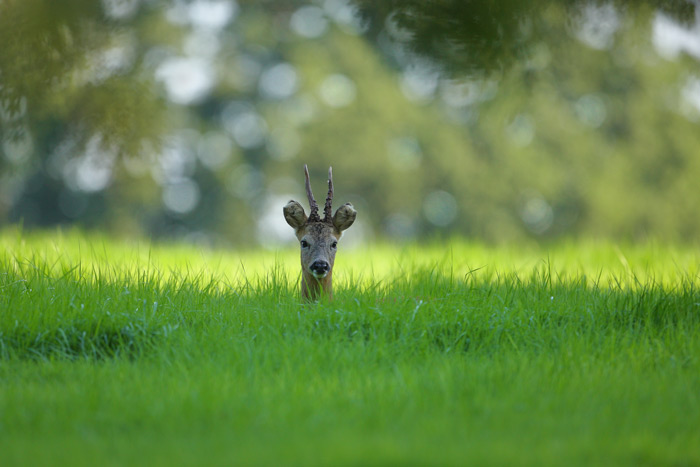
What do you hope viewers take away from your images?
The entire natural world is under grave threat from climate change, habitat loss and the use of chemicals. Human activity has wiped out 60% of mammal, bird and reptile life since the 1970s. I’m hoping it’s not too late to halt this emergency situation and that people will look at my work and gain the motivation to lobby governments to act. Currently, far too little is being done and the outlook is not looking good for organized civilisation towards the end of the century.
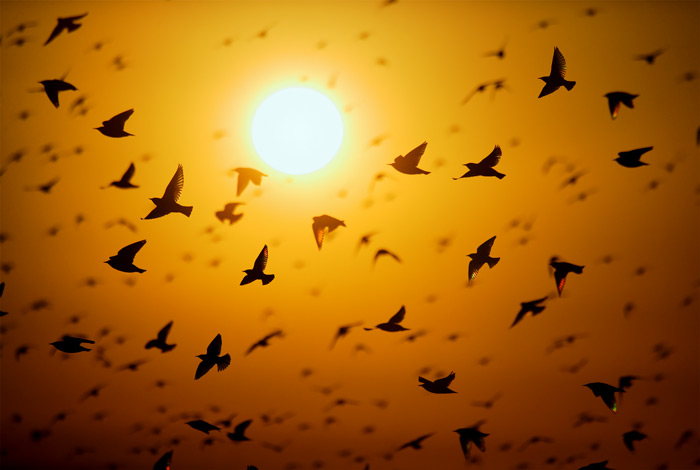
What type of camera(s) do you shoot with? What is your favorite lens?
I have recently purchased the Canon EOS 5D MKIV to replace my aging Canon EOS 1Ds MKIII. The Canon EF 500mm f/4 L IS USM is favourite lens, not just for wildlife. I enjoy using it to photograph the small scale landscape of the South Downs in East Sussex. The bokeh effect is beautiful for isolating wild plants and flowers at ground level.
What is in your camera bag?
Canon EOS 5D MK IV, Canon EF 500mm f/4 L IS USM, Canon 300mm f/2.8 L IS USM, Canon 24-70mm f/4 L IS USM, Sigma 150mm f/2.8 EX Macro, Kenko extension tube set, Manfrotto 190 tripod, Manfrotto X-PRO 3-way head and Manfrotto 393 Long Lens Telephoto bracket.
What is your favorite photography accessory?
I have a set of Kenko extension tubes, which allow me to use my super telephoto lenses to photograph butterflies without disturbing them. The Purple Emperor butterfly is a tree-dwelling species and I’ll have fun this summer getting close-ups, without having to go climbing.
What piece of equipment would you most like to get but don’t have yet?
I’d really like to own the Canon EF 800mm f/5.6 L IS USM. You can never have a long enough lens, when you’re photographing timid wild animals. The £12000 price tag means the “yet” part of your question is likely to remain hypothetical.
How important is Photoshop or other image editing software in your final images?
I use Canon Digital Photo Professional as my RAW converter. The propriety software is optimised for Canon imaging algorithms. Adobe Photoshop CS5 is my tool of choice for ensuring colours, levels and tones are to my liking. I’m not a huge aficionado. I work with layers sometimes, but Photoshop is a means to an end, not an end in itself.
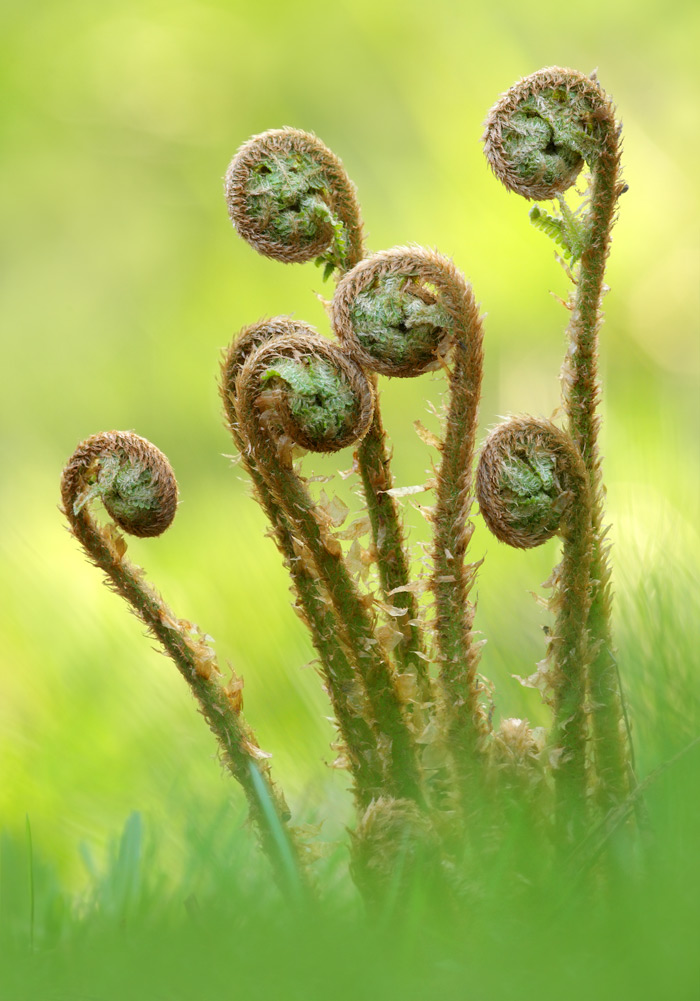
Was there a point in your photography journey when you started to feel really good about your work? If so, what did it feel like to get past that “tipping point?”
I used 35mm film until 2010, when I bought the Canon EOS 1Ds MKII. The expense of film made me conservative about the number of shots I took. The period between 2011 and 2012 really saw an advancement in the standard of my work. I haven’t been able to better some of my starling murmuration shots taken in winter 2012 and a July 2012 image of a Roe deer in a poppy field is still one of my favourites.
Are there any areas of photography that you have yet to explore and that you’d like to learn?
My new Canon EOS 5D MKIV records 4K video. I would love to create some beautiful videos of my favourite wildlife. Shooting in 4K at bit rates of 500Mb/s will require some big, fast memory cards and a software upgrade. Maybe then, I will add a YouTube channel to my growing list of social media sites.
What do you think the future holds for you? Where do you see yourself in the next few years?
I am still searching for more Roe deer sites in south-east England, as I’m doing a long term project on this species. It’s not difficult to find Roe deer, but reliable sites, where their presence can be guaranteed, are harder to come by. It would be lovely to create a website and book all about Roe deer, but it’ll be a while before I have a complete collection of images and videos, telling their life story.
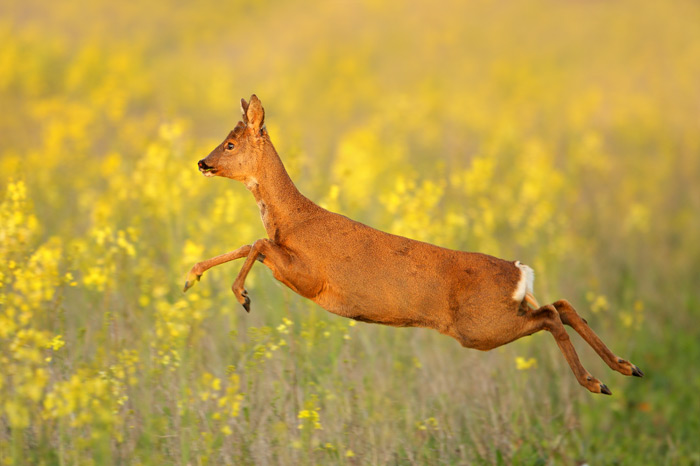
Leave a Reply